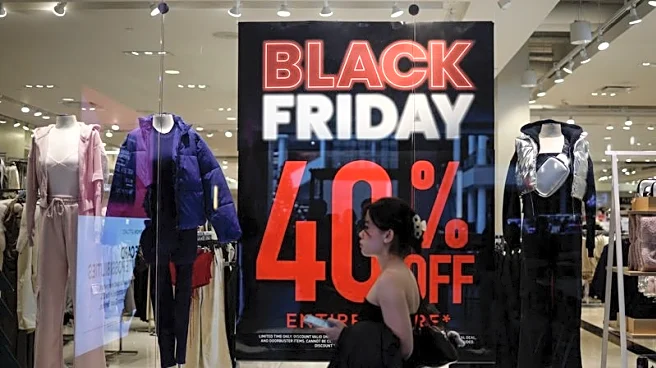What's Happening?
As the 2025 holiday season approaches, retailers are facing a consumer base that is increasingly value-driven due to two years of inflation and rising living costs. This economic uncertainty has made consumers
more sensitive to price changes, impacting their shopping behavior. Retailers are responding by adjusting their supply chain strategies to meet these demands, focusing on dynamic pricing and flexible fulfillment to accommodate early browsing and later purchasing patterns. The National Retail Federation's chief economist, Mark Mathews, notes that American retailers have anticipated tariff pressures and adjusted their orders accordingly to ensure product availability during key moments of the year.
Why It's Important?
The adjustments in supply chain strategies are crucial for retailers to maintain competitiveness during the holiday season. With consumers being more intentional in their shopping, retailers must ensure they can meet expectations for delivery and returns, which requires robust reverse-logistics planning. The impact of tariffs further complicates pricing strategies, as retailers strive to avoid passing additional costs onto consumers. Successfully navigating these challenges can lead to increased consumer satisfaction and loyalty, while failure to do so may result in lost sales and diminished brand reputation.
What's Next?
Retailers will continue to monitor consumer behavior closely, adapting their strategies to remain responsive to changing demands. As tariffs potentially increase their impact on pricing, retailers may need to explore new mitigation measures or adjust their pricing strategies further. The focus will remain on maintaining flexibility in supply chains to handle unpredictable conversion windows and increased returns, ensuring they can meet consumer expectations throughout the holiday season and beyond.














